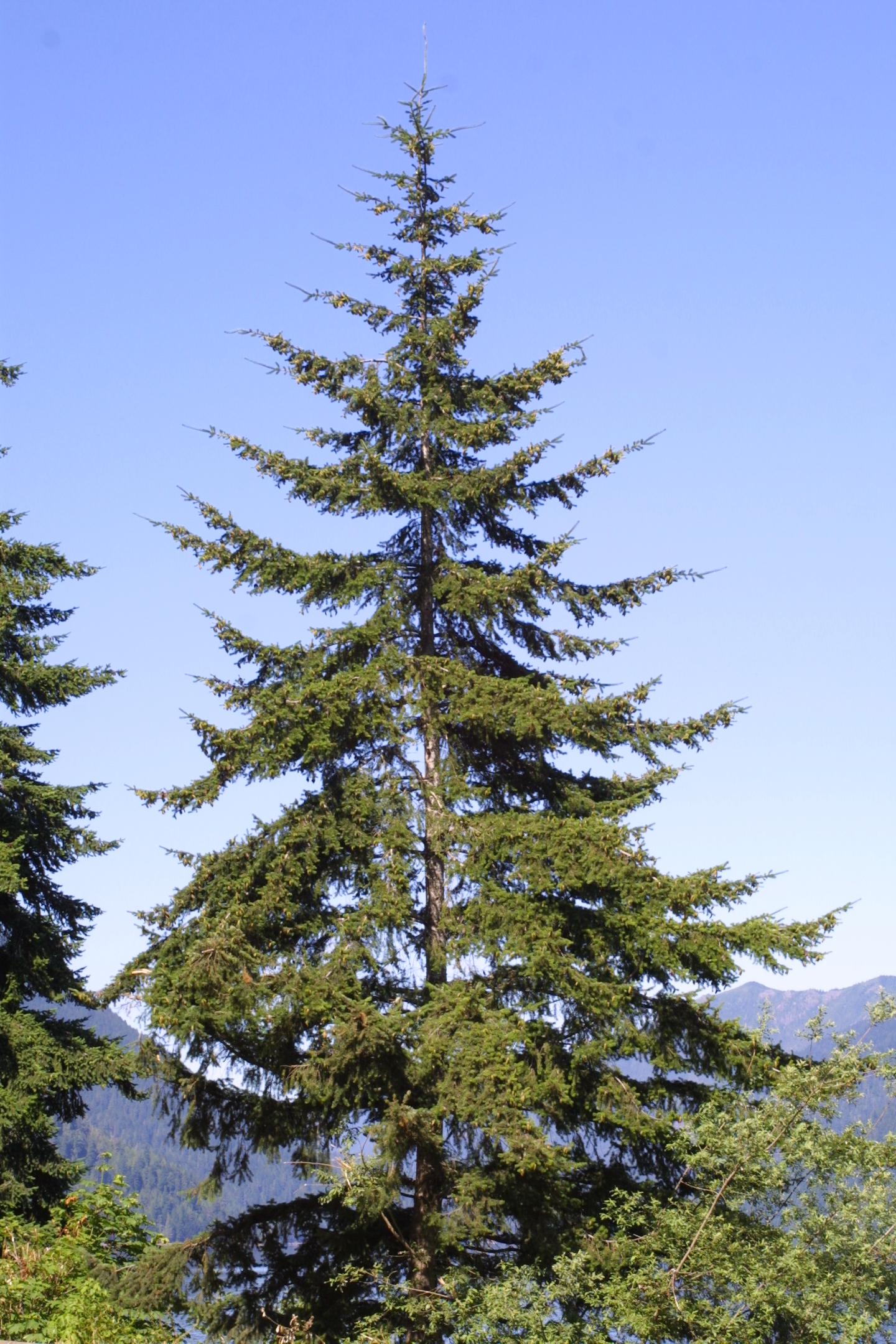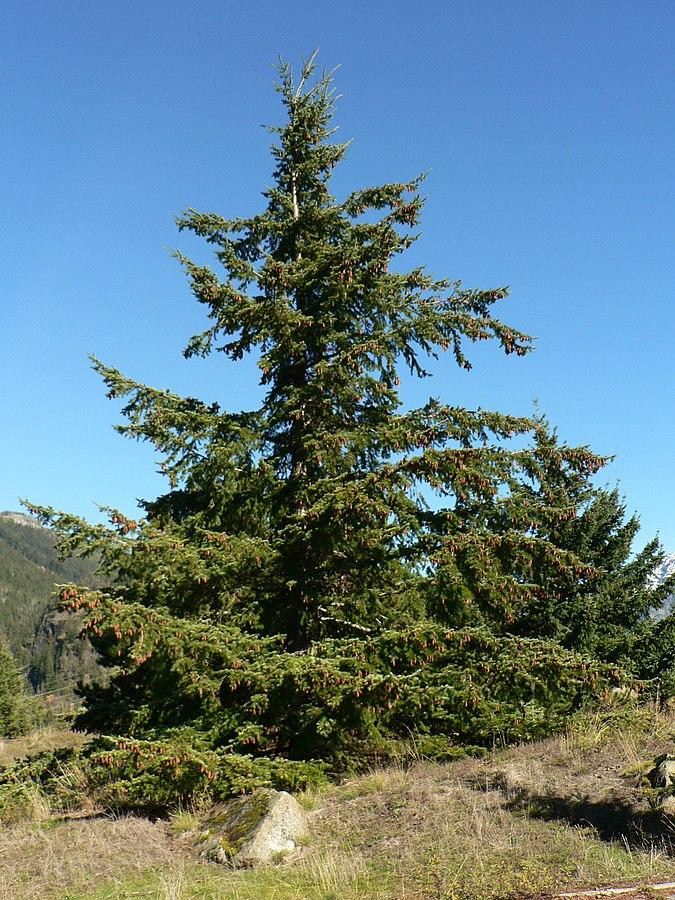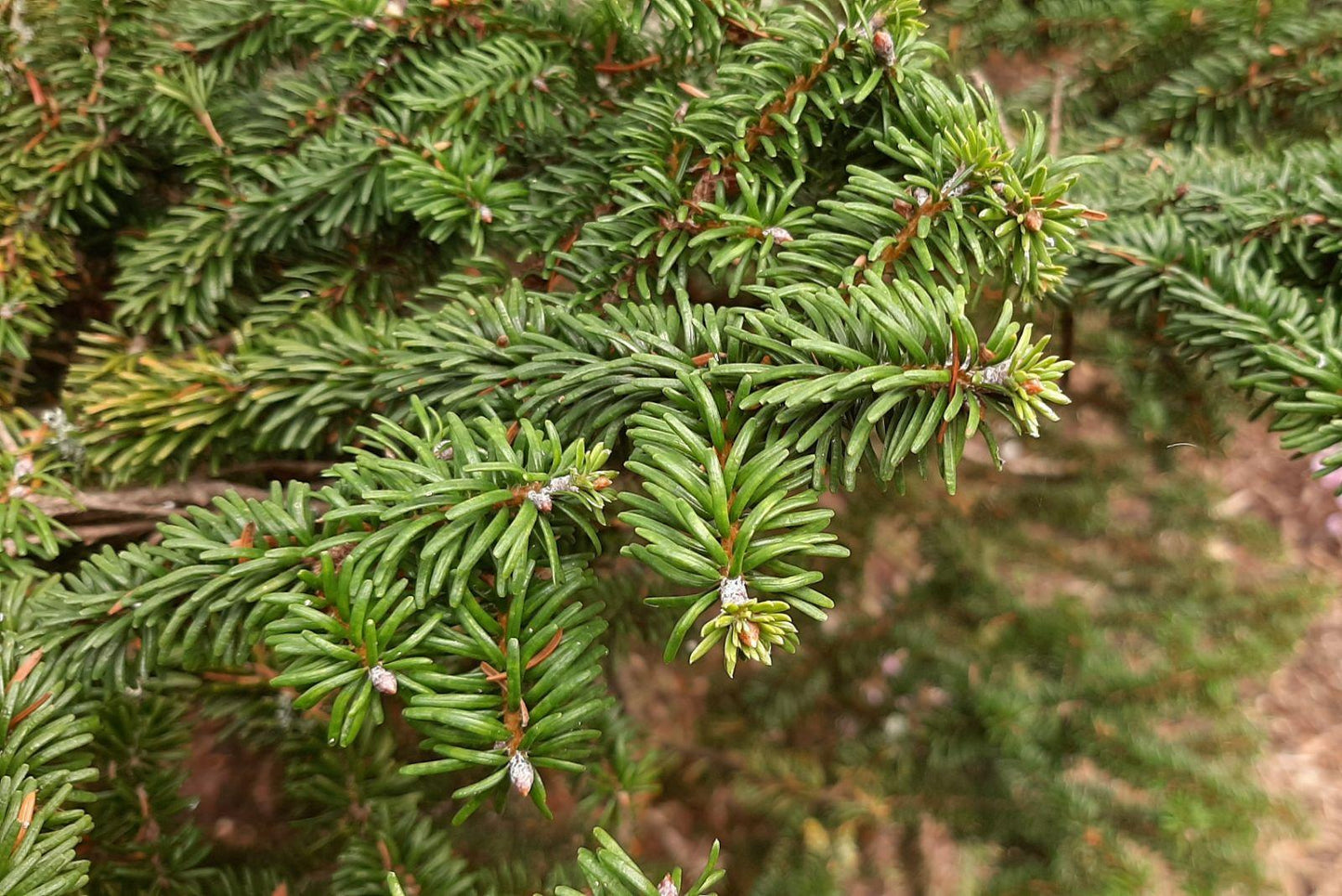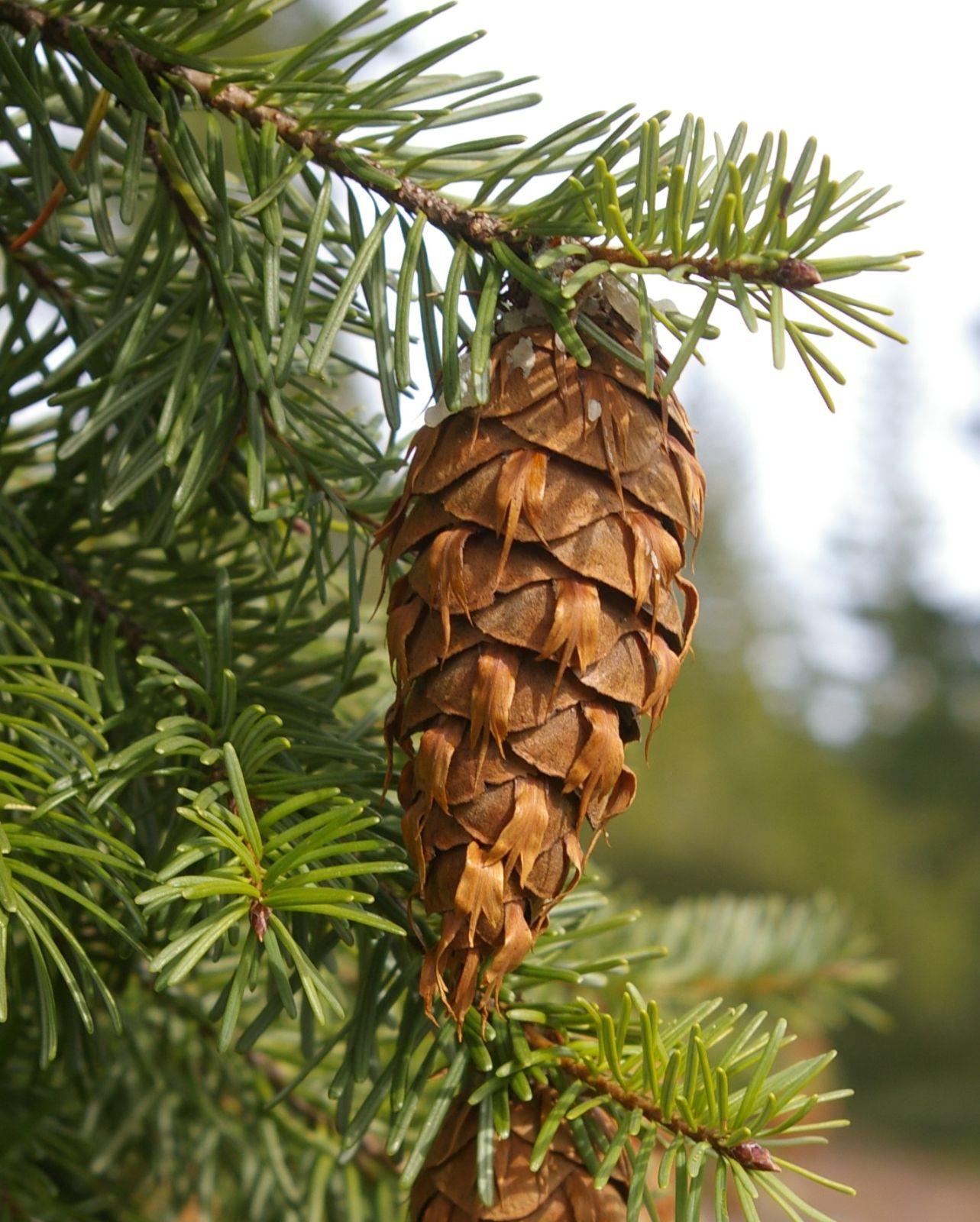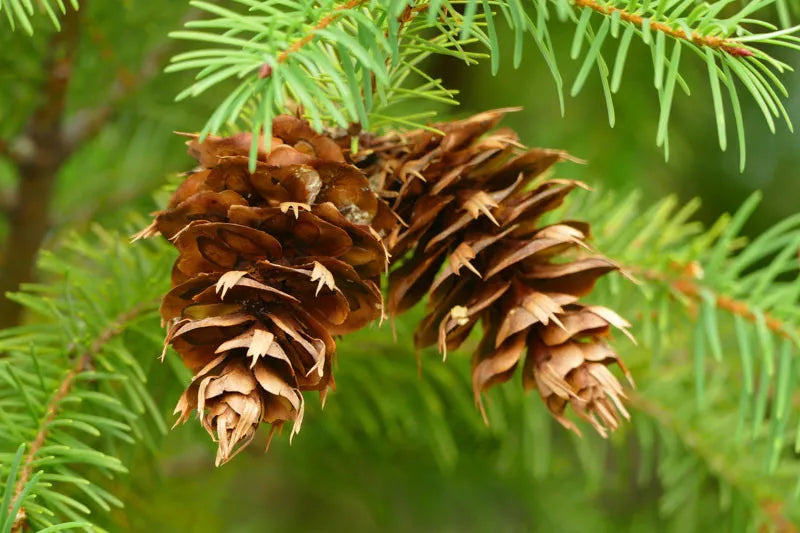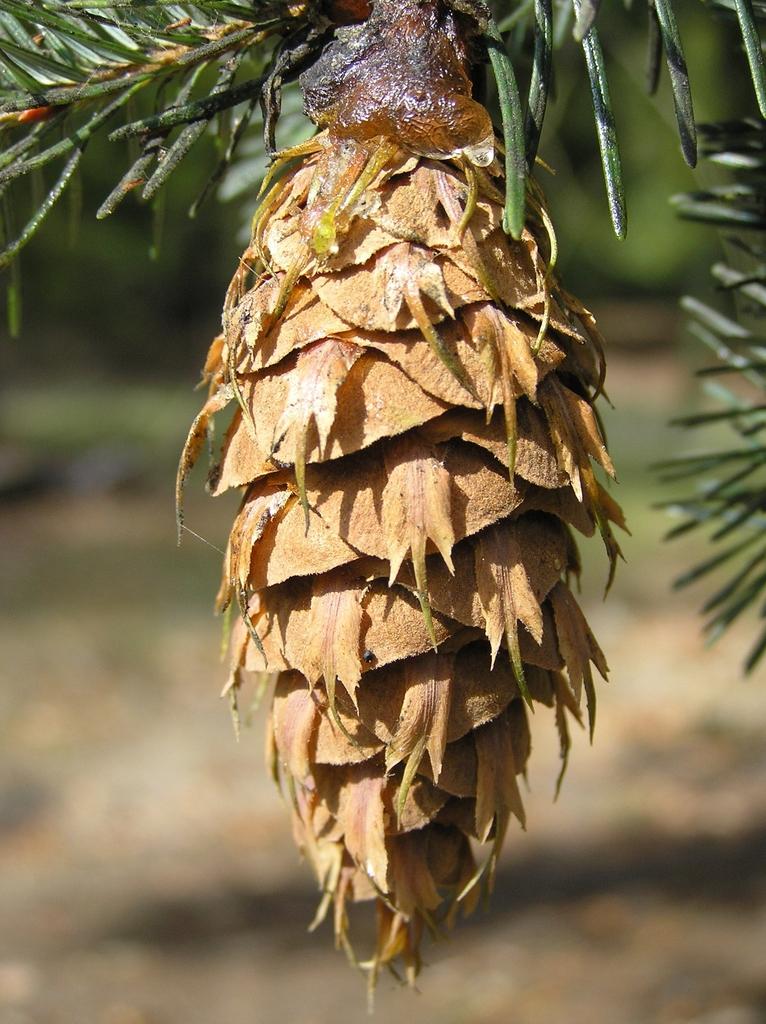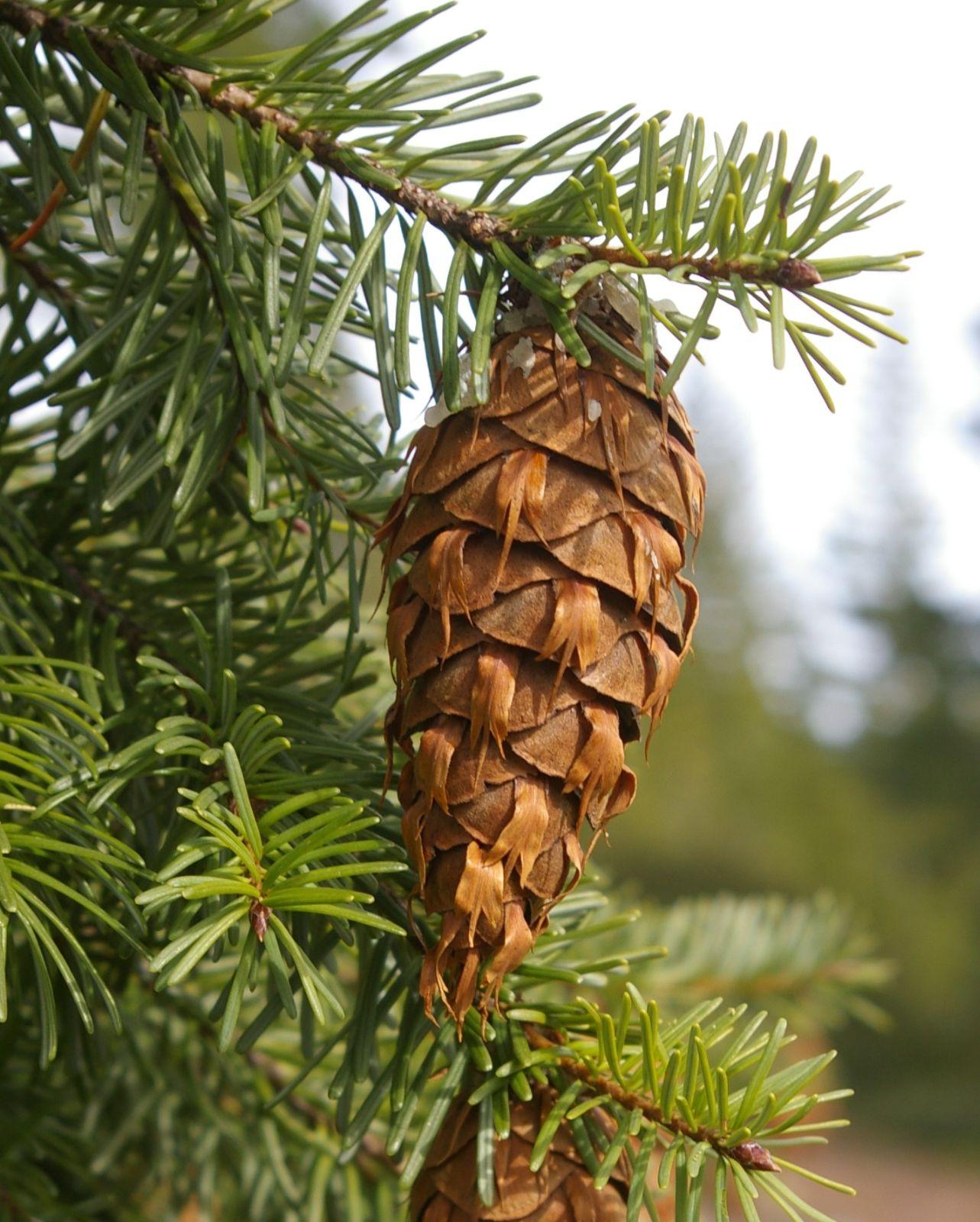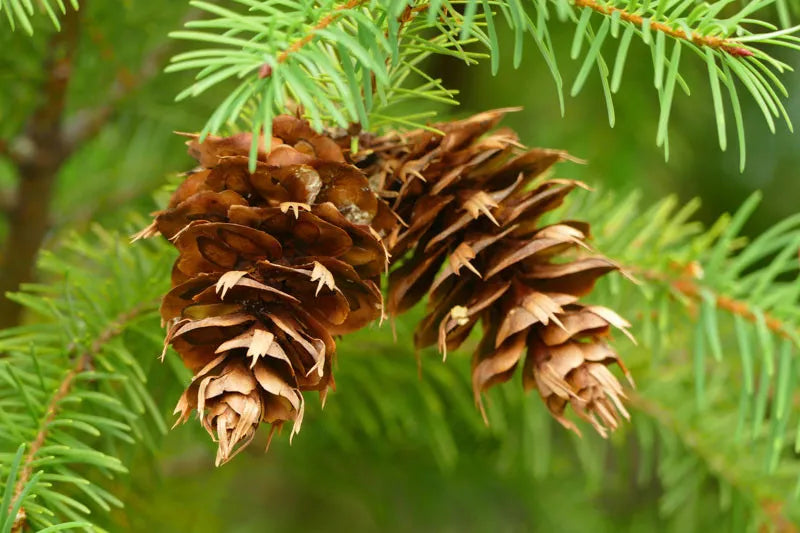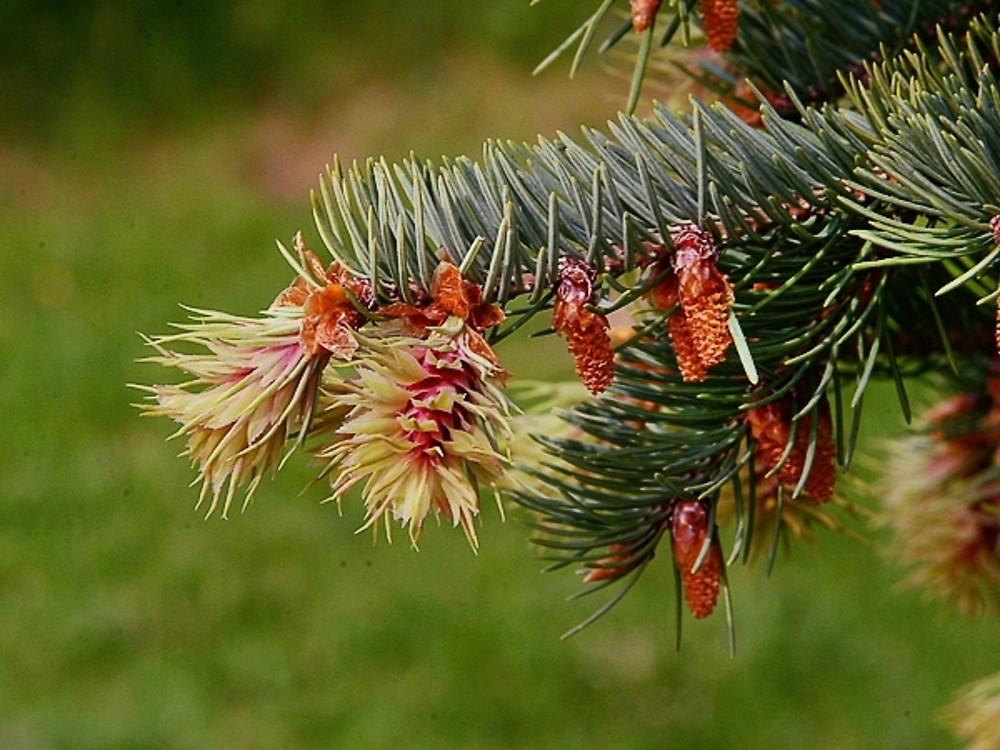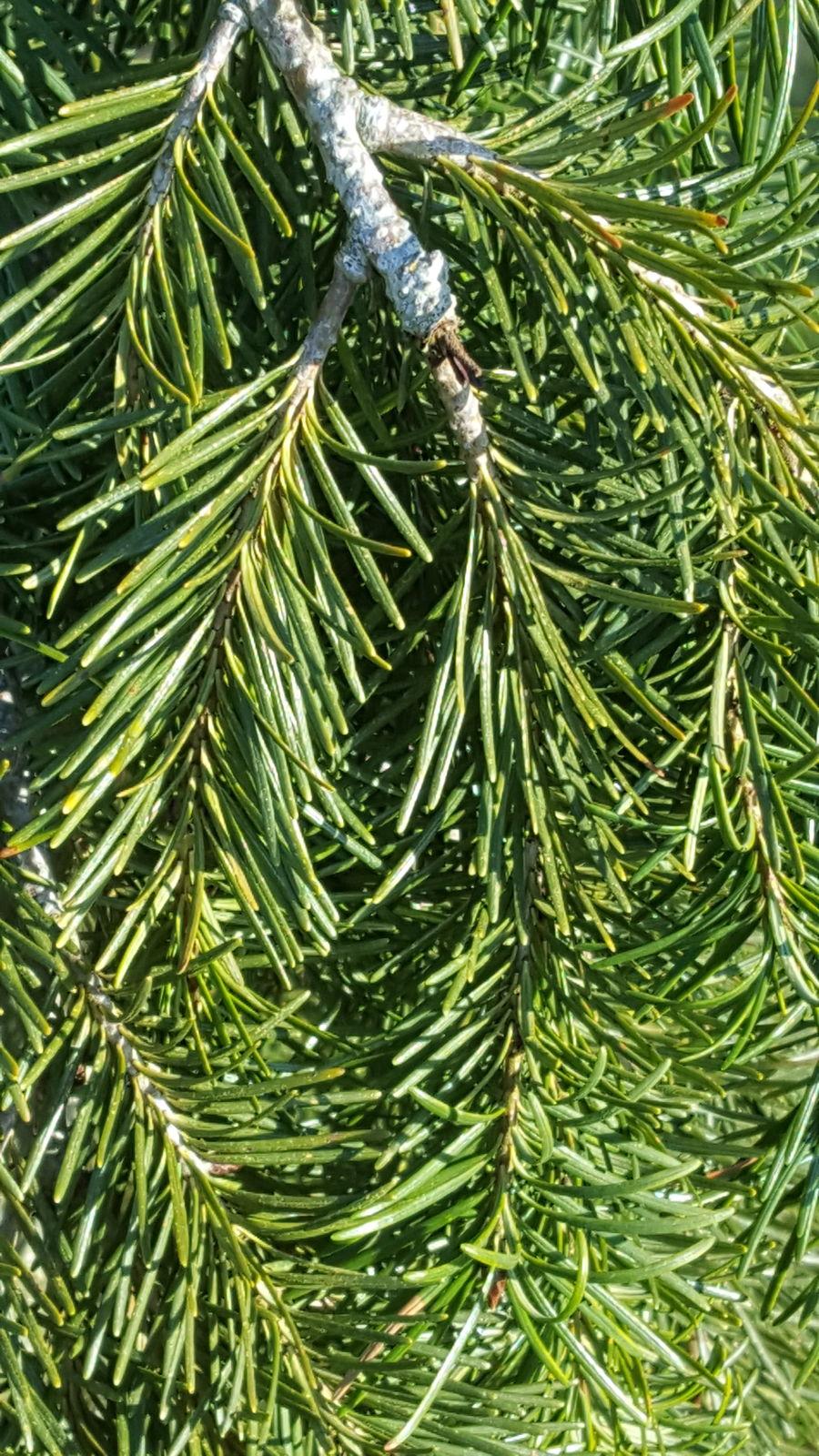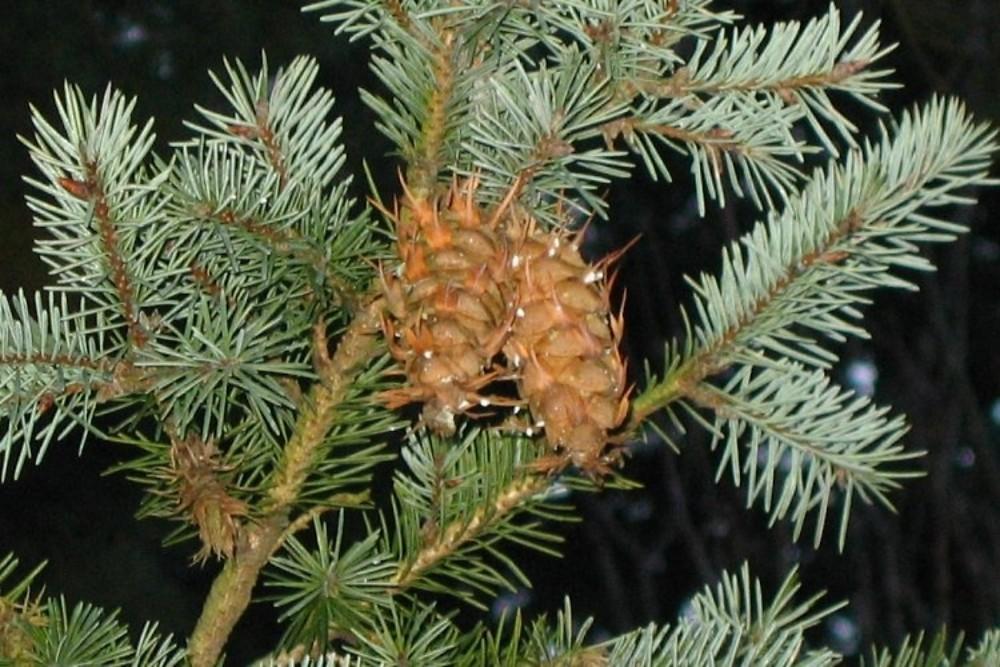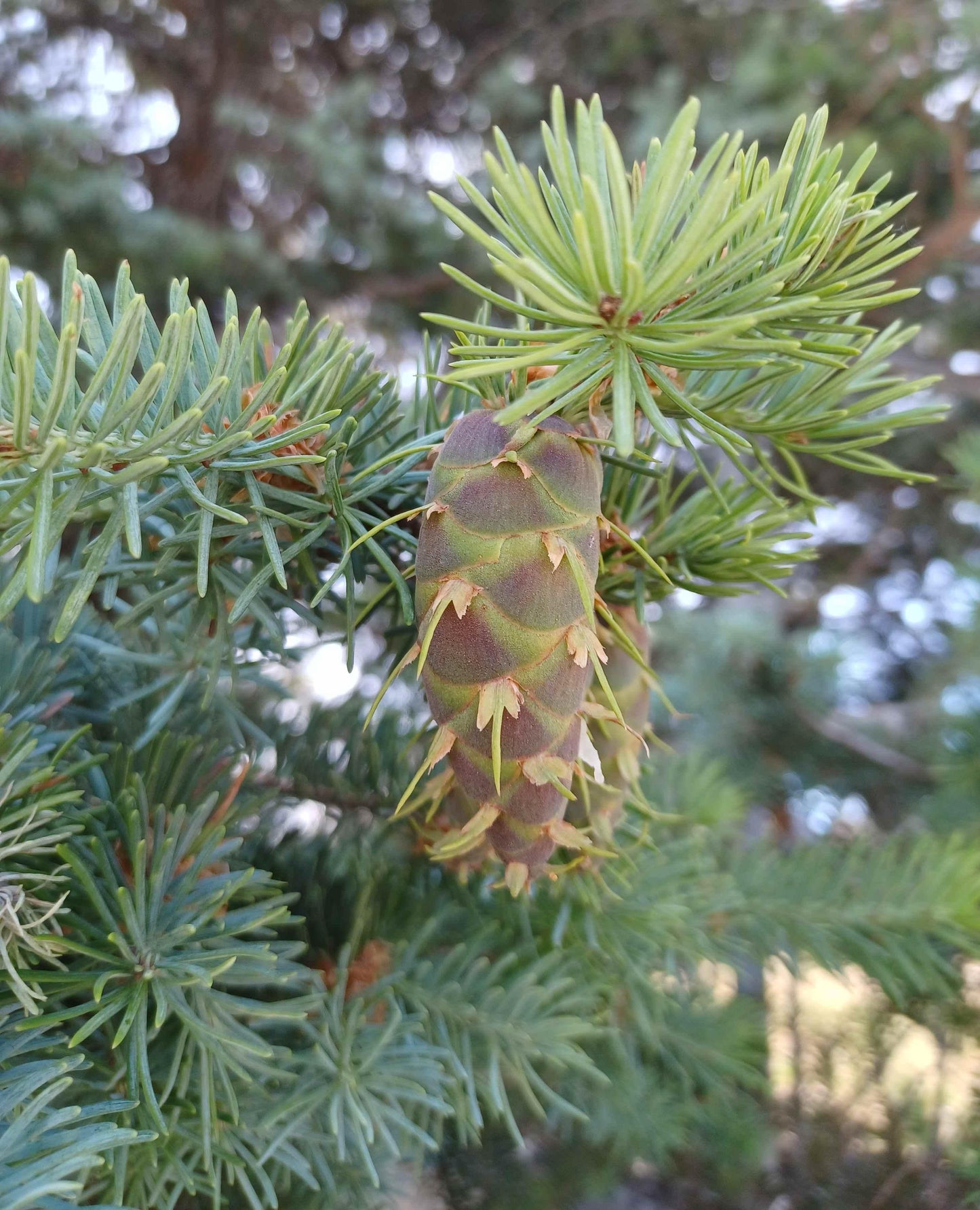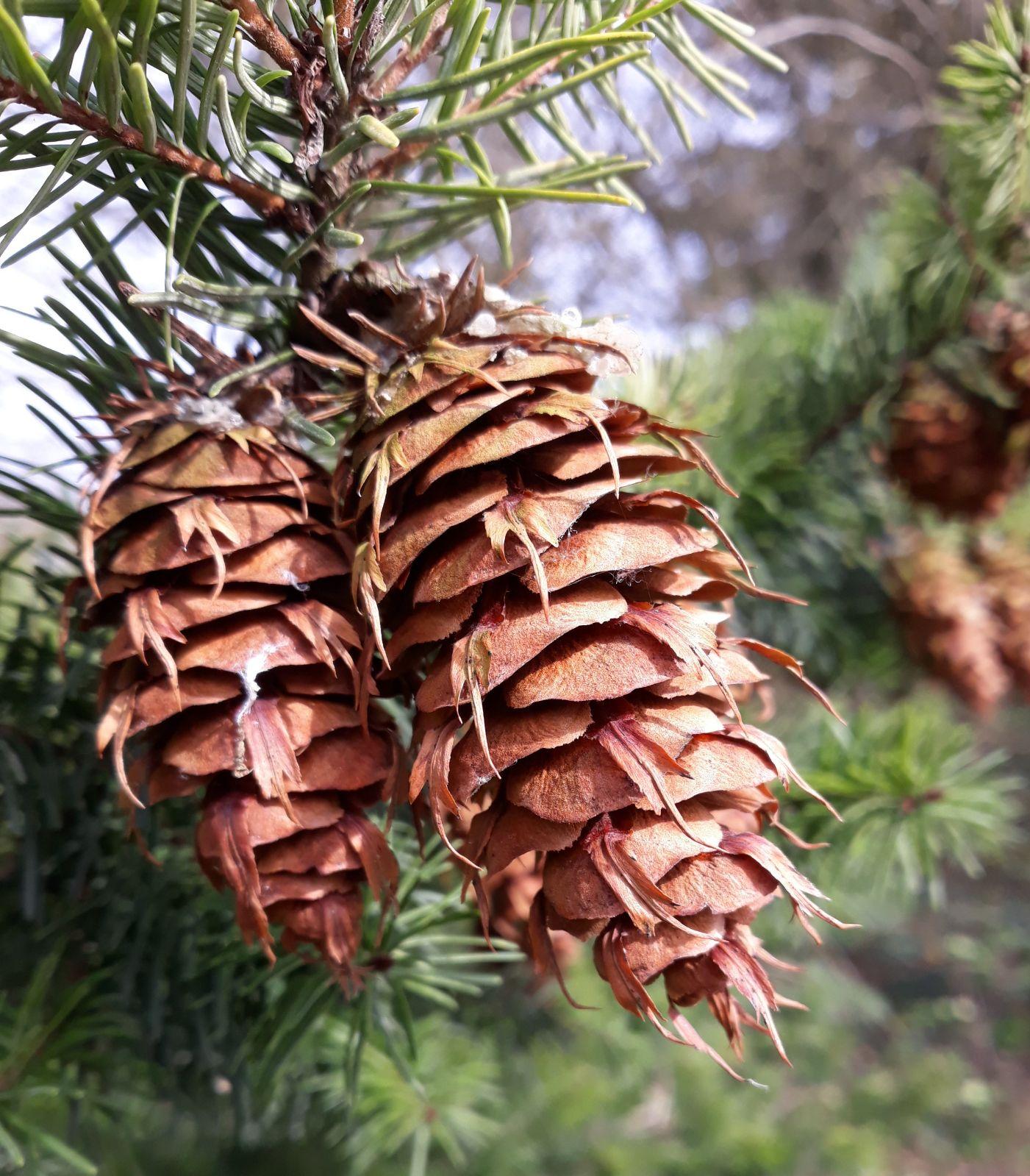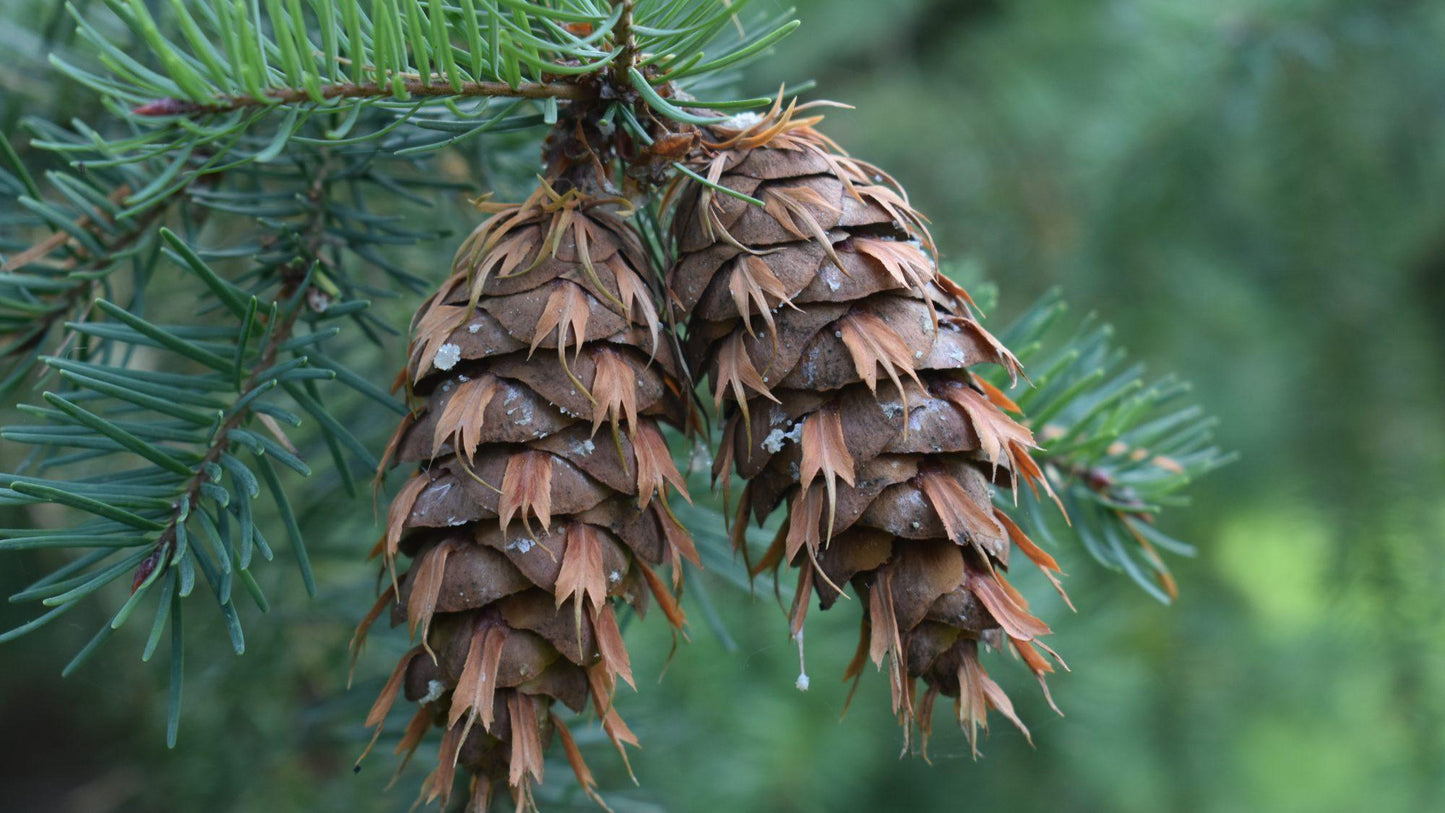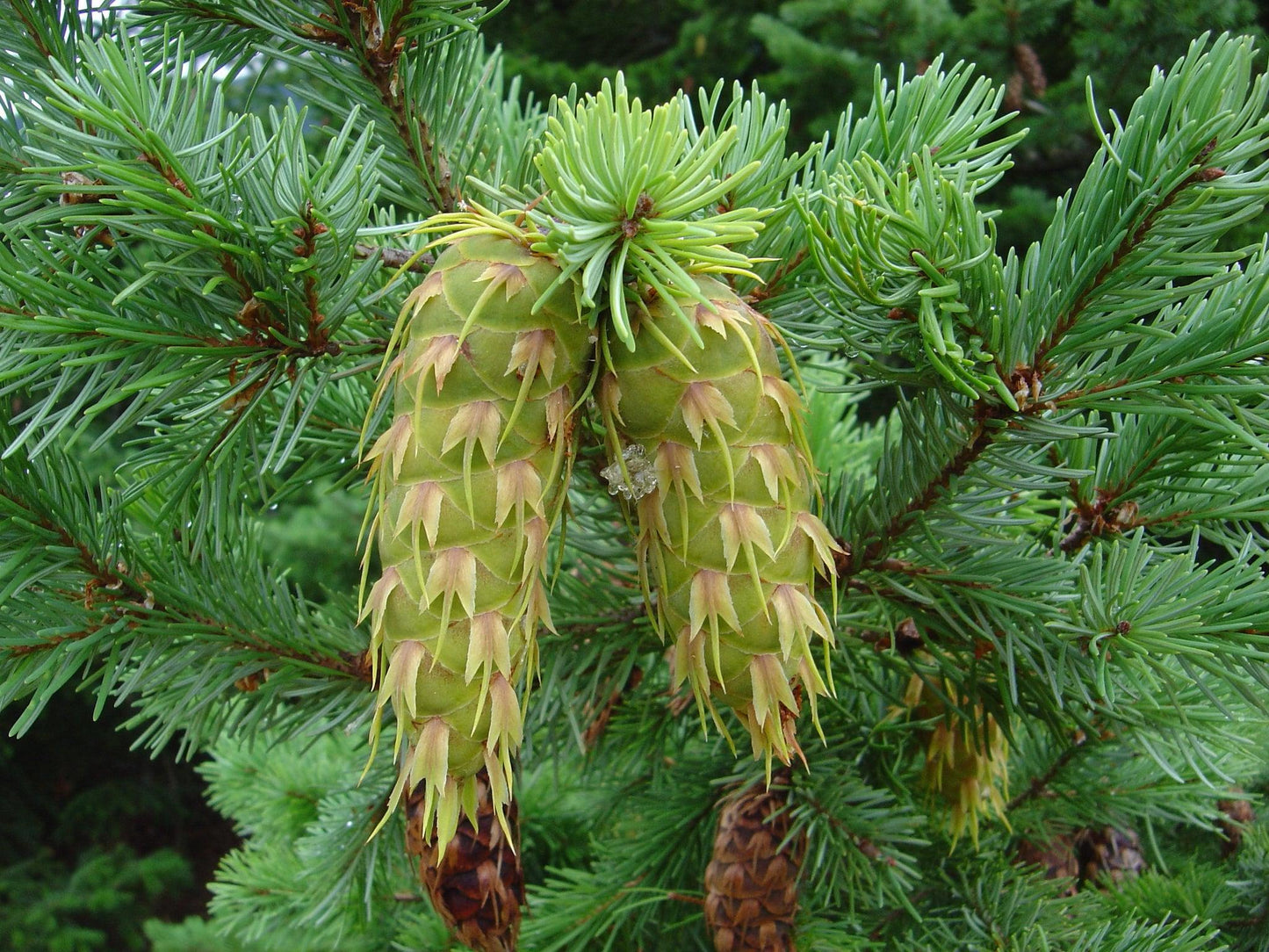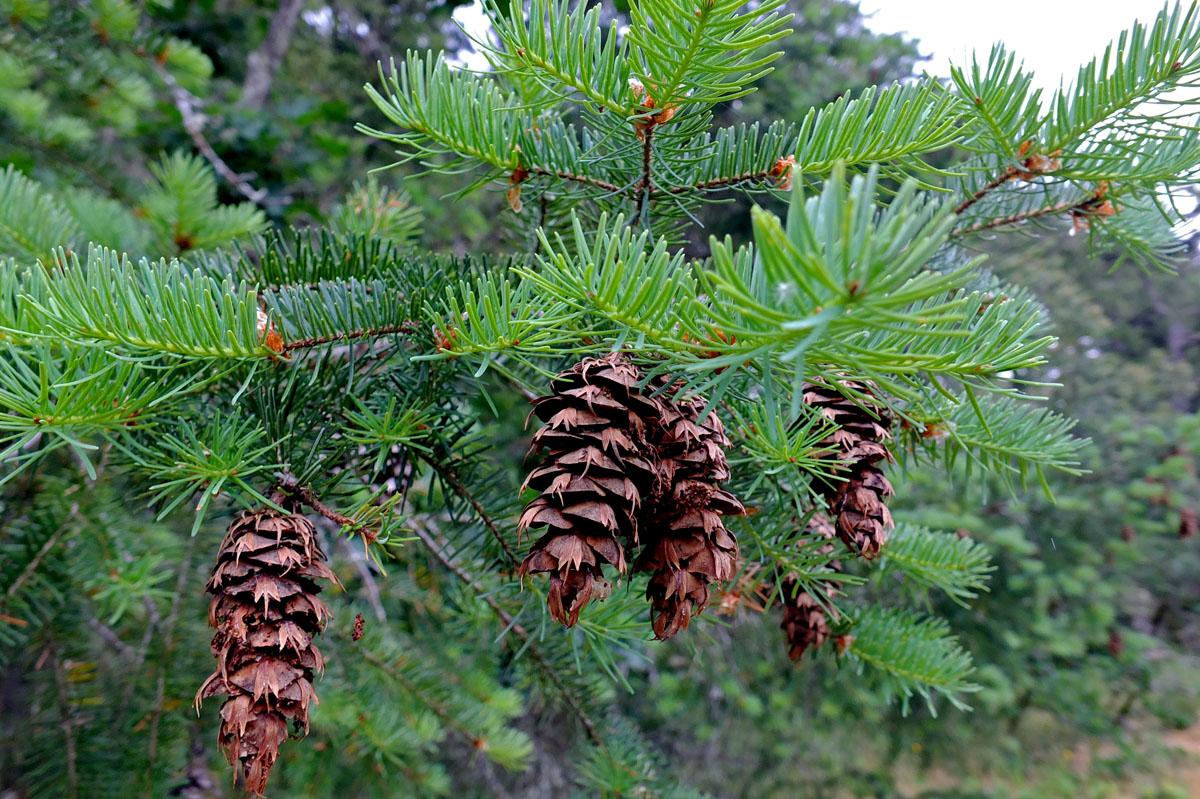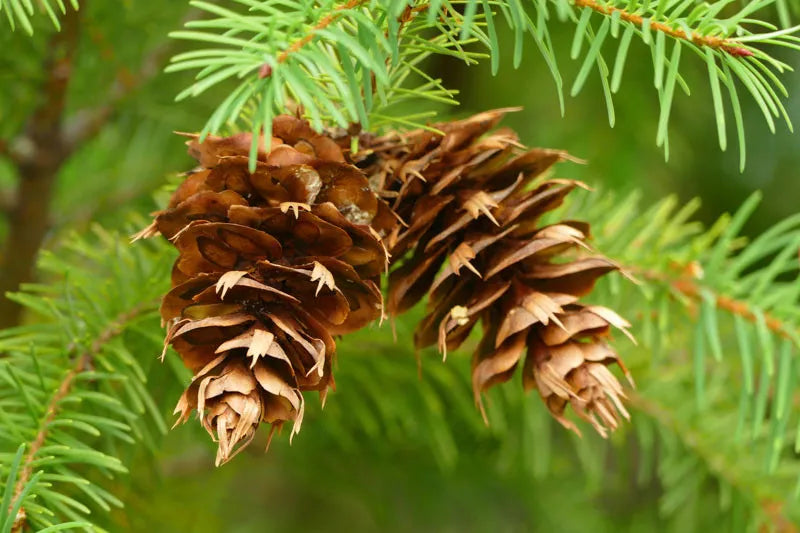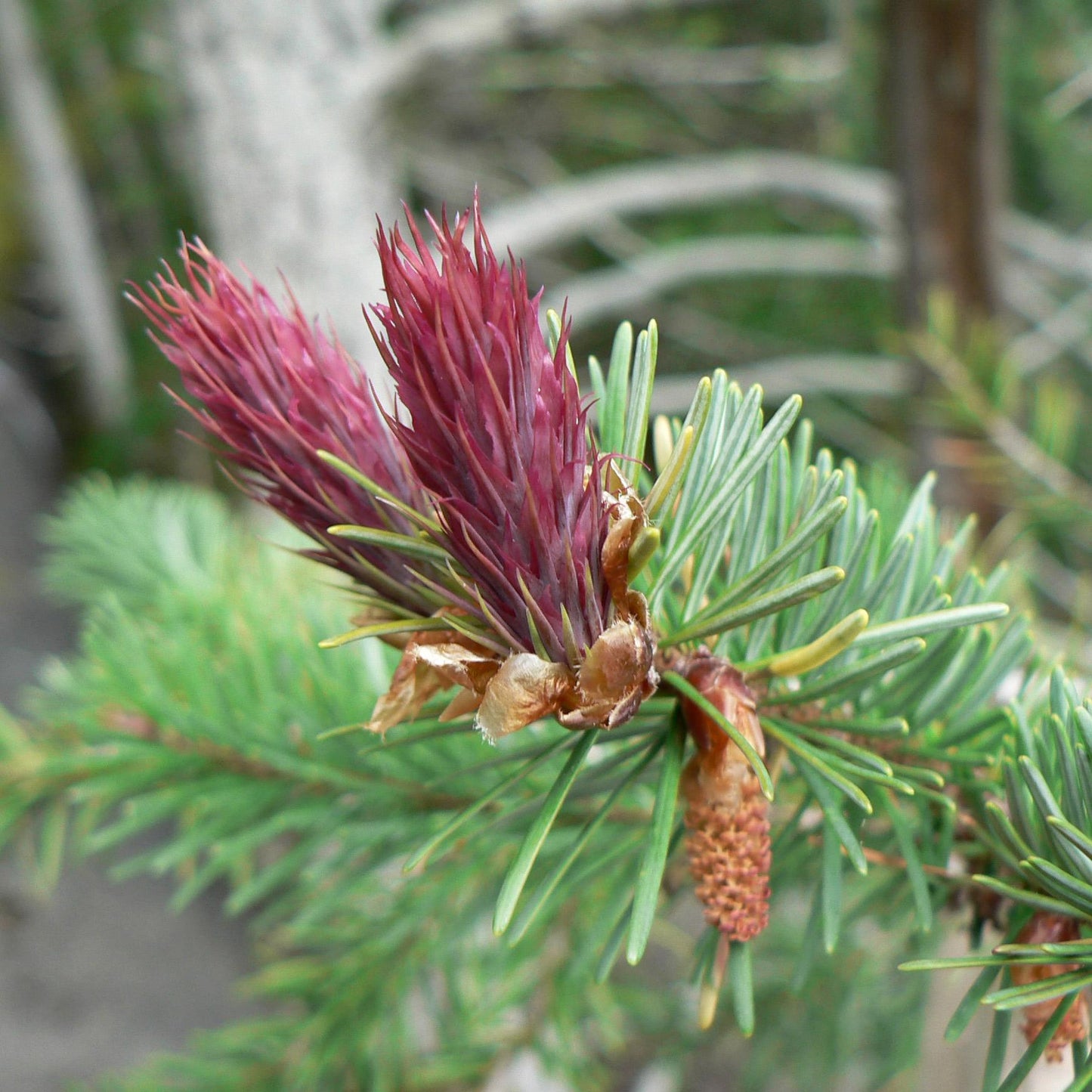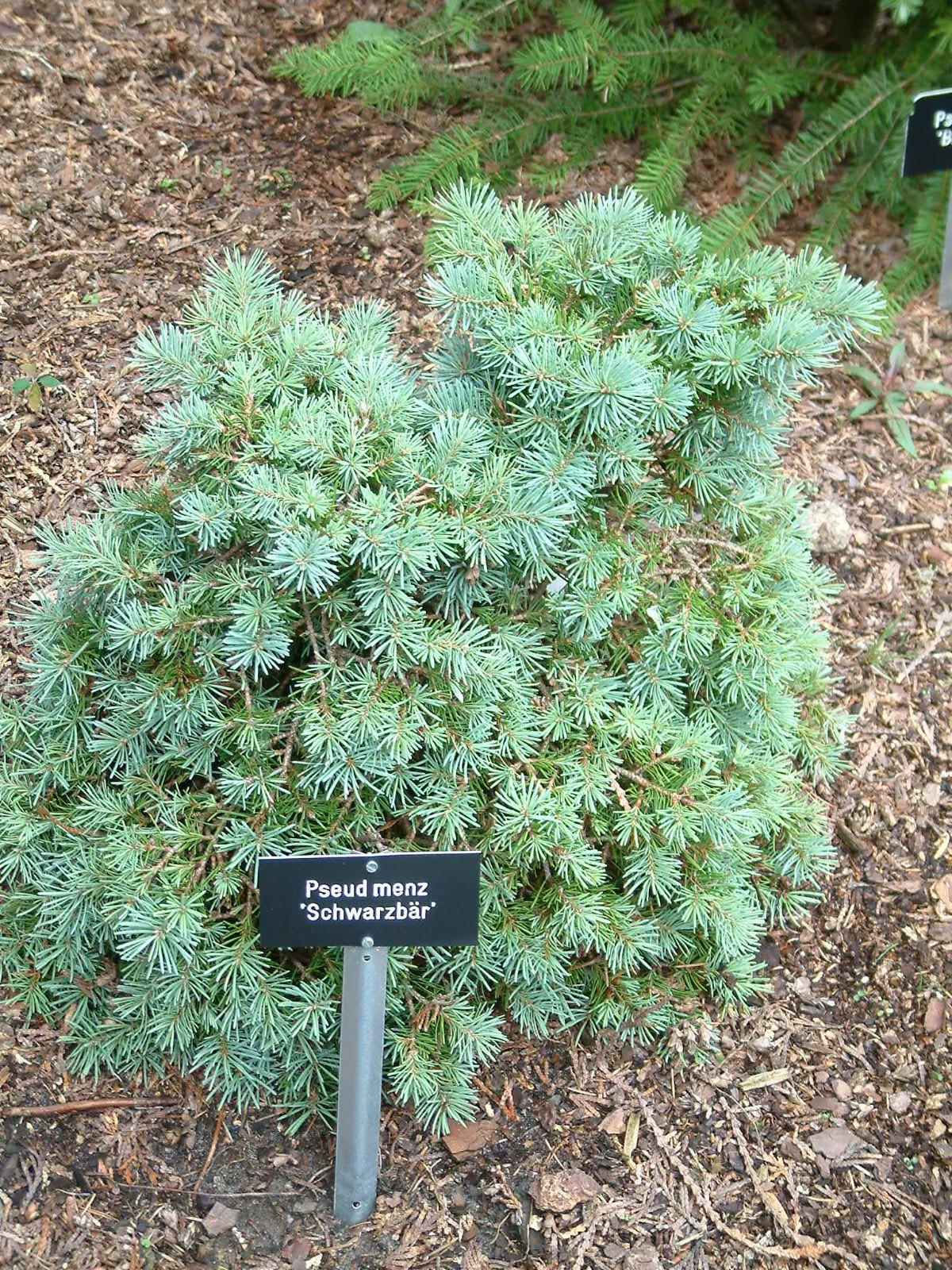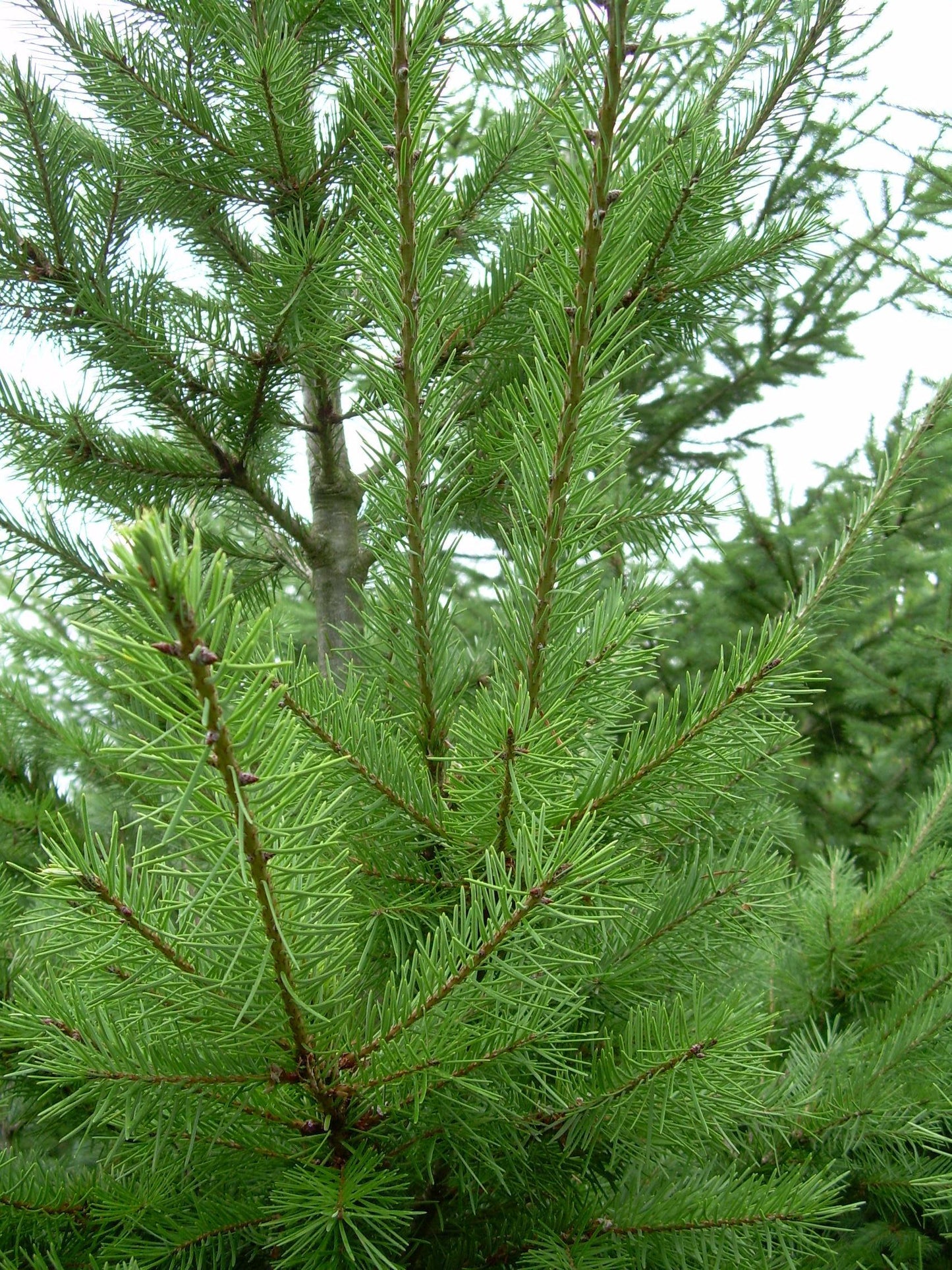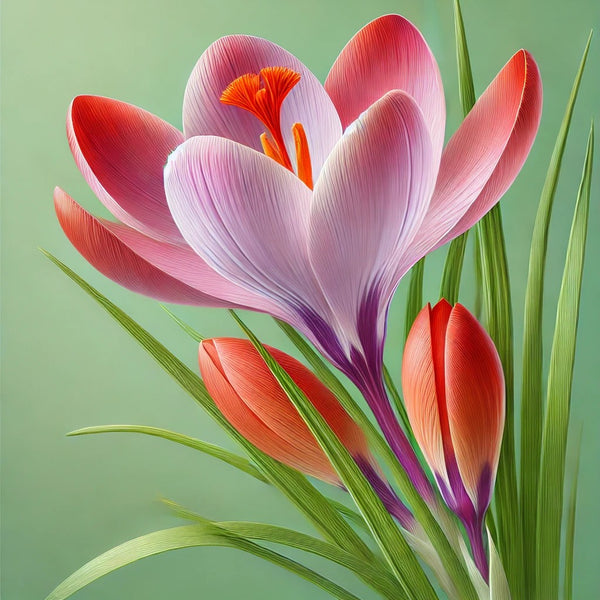1
/
of
22
Douglas Fir-Evergreen-Fragrant Conifer 7/8' h B&B
Douglas Fir-Evergreen-Fragrant Conifer 7/8' h B&B
Regular price
$1,476.00 USD
Regular price
$1,918.80 USD
Sale price
$1,476.00 USD
Unit price
/
per
Shipping calculated at checkout.
SKU:nte7210-redcrocus
Couldn't load pickup availability
Pseudotsuga menziesii
Description
The Pseudotsuga menziesii, commonly known as the Douglas Fir, is a majestic evergreen conifer native to North America. It is renowned for its towering height, dense foliage, and conical shape, making it a popular choice for timber and ornamental use. Its needles are soft and fragrant, and its bark is thick and furrowed, providing a distinctive appearance.
Suggested Uses
Douglas Fir is widely used in landscaping for its aesthetic appeal and as a windbreak. It is also a popular choice for Christmas trees and is extensively used in the timber industry for construction and furniture.
Plant Details
-
 Botanical Name: Pseudotsuga menziesii
Botanical Name: Pseudotsuga menziesii -
 Common Name: Douglas Fir
Common Name: Douglas Fir -
 Size & Growth: Can grow over 100 feet tall
Size & Growth: Can grow over 100 feet tall -
 Hardiness Zones: 4-6
Hardiness Zones: 4-6 -
 Foliage Type: Evergreen
Foliage Type: Evergreen -
 Bloom Time: Spring
Bloom Time: Spring -
 Growth Rate: Moderate to fast
Growth Rate: Moderate to fast -
 Light Requirements: Full sun to partial shade
Light Requirements: Full sun to partial shade -
 Attracts Pollinators: No
Attracts Pollinators: No -
 Indoor Friendly: No
Indoor Friendly: No -
 Container Friendly: No
Container Friendly: No -
 Deer Resistant: Yes
Deer Resistant: Yes -
 Pet Warning: Non-toxic
Pet Warning: Non-toxic -
 Fragrant: Yes
Fragrant: Yes -
 Cut Flower: No
Cut Flower: No -
 Grows Well With: Pines, Spruces
Grows Well With: Pines, Spruces
Care Tips
-
 Planting Instructions: Plant in well-drained soil with plenty of space for roots to spread.
Planting Instructions: Plant in well-drained soil with plenty of space for roots to spread. -
 Soil Moisture: Keep soil moist but not waterlogged.
Soil Moisture: Keep soil moist but not waterlogged. -
 Soil Type: Prefers acidic, loamy soil.
Soil Type: Prefers acidic, loamy soil. -
 Humidity: Tolerates a range of humidity levels.
Humidity: Tolerates a range of humidity levels. -
 Pruning Instructions: Prune dead or damaged branches in late winter or early spring.
Pruning Instructions: Prune dead or damaged branches in late winter or early spring. -
 Winter Care: Mulch base to protect roots in harsh winters.
Winter Care: Mulch base to protect roots in harsh winters. -
 Planting Depth: Plant at the same depth as in the nursery container.
Planting Depth: Plant at the same depth as in the nursery container. -
 Fertilization: Fertilize in early spring with a balanced fertilizer.
Fertilization: Fertilize in early spring with a balanced fertilizer. -
 Special Care: Avoid planting in areas with poor air circulation to prevent fungal diseases.
Special Care: Avoid planting in areas with poor air circulation to prevent fungal diseases.
Share
